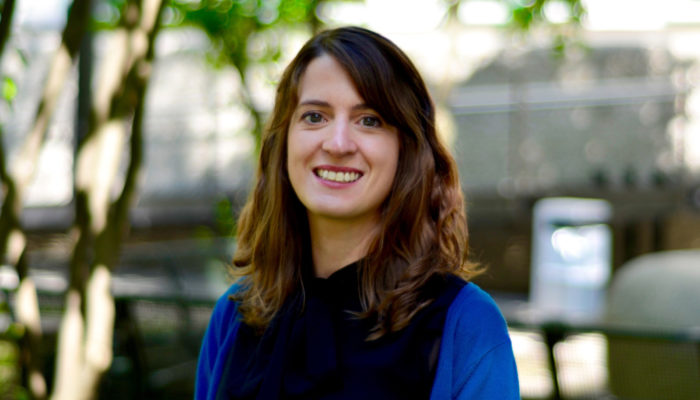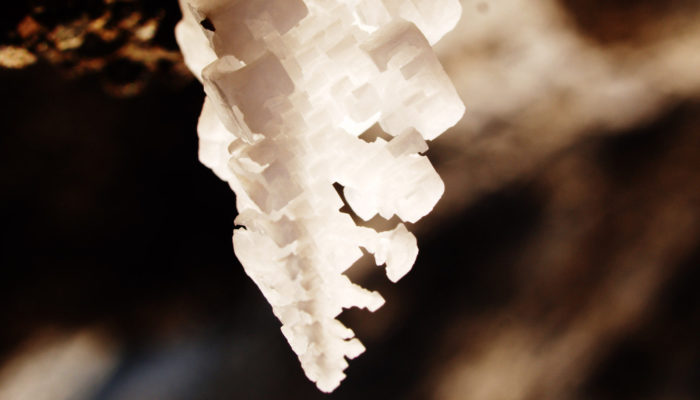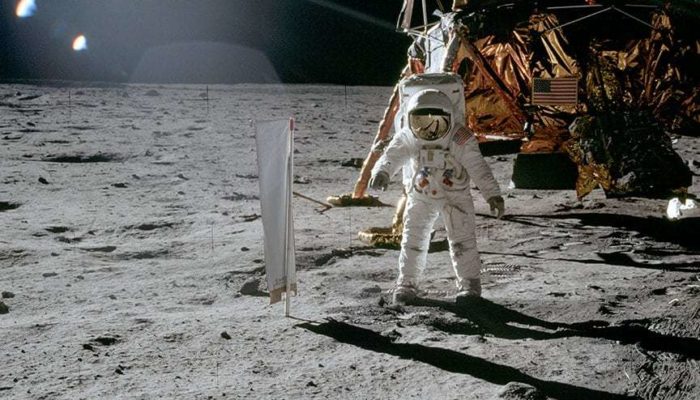GeoTalk interviews usually feature the work of early career researchers, but this month we deviate from the standard format to speak to Bárbara Ferreira, EGU’s Media and Communications Manager. Bárbara has been an integral part of the EGU since September 2011, from coordinating science communication between the Union, journalists and the public at large, to overseeing many of EGU’s outreach activi ...[Read More]
GeoTalk: Bárbara Ferreira – reflections on a science communication career with EGU




